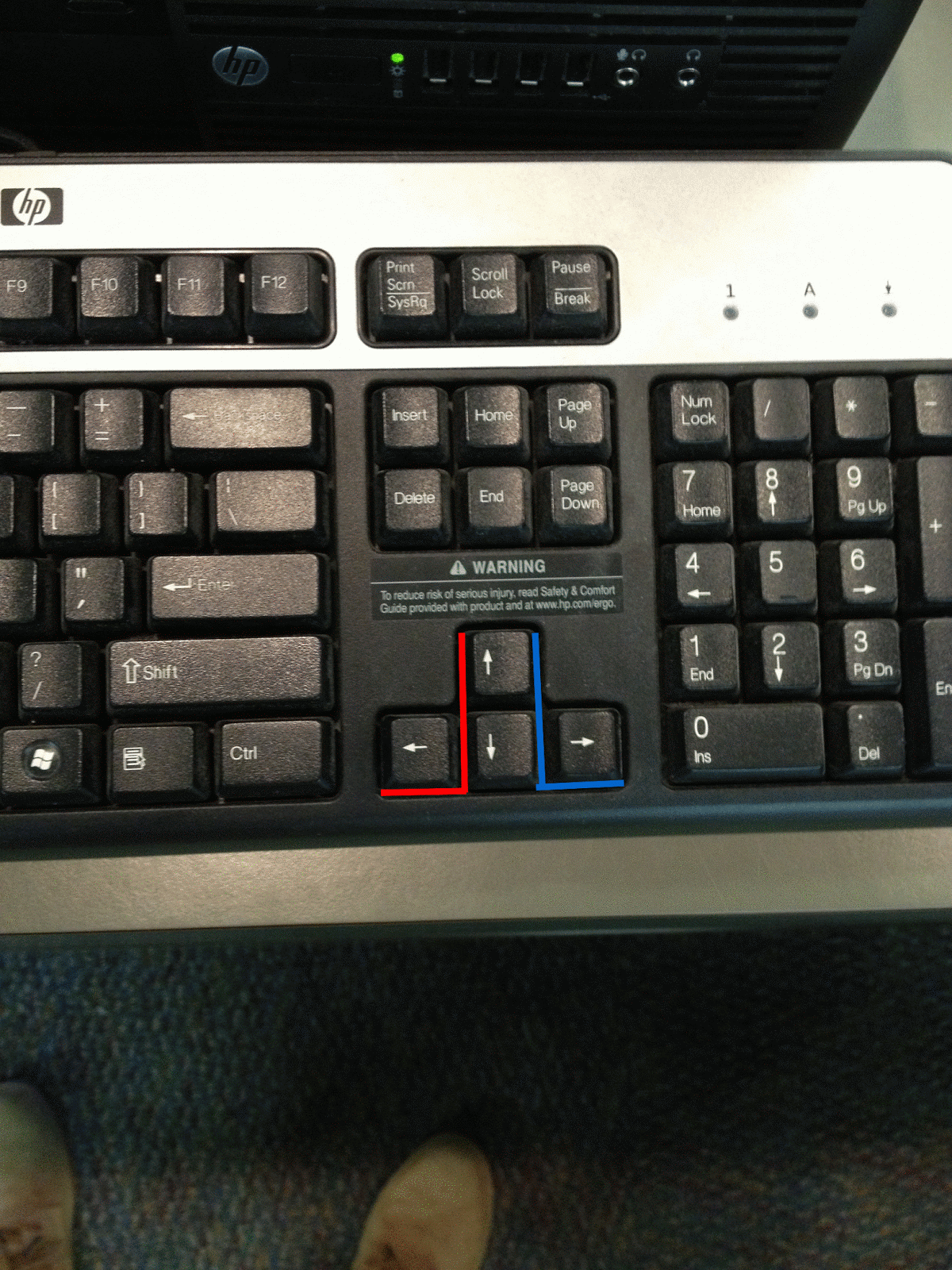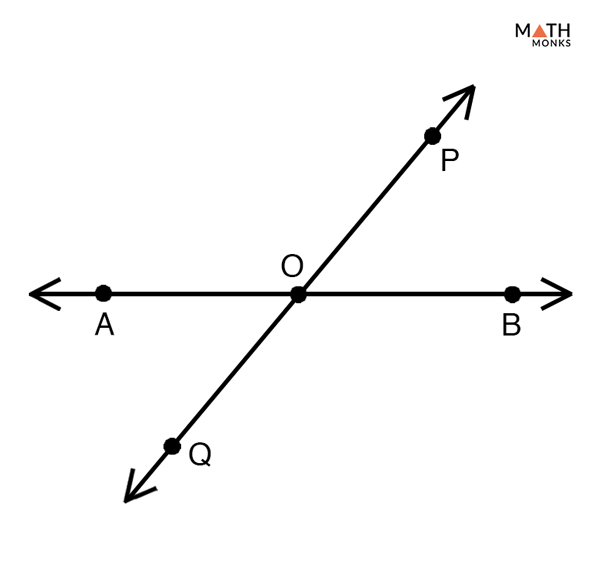
How fascinating is that!Īccording to Merriam Webster, the definition of the complementary angle is two angles that add up to 90 degrees. That is not what we want, right? Yet, the look-up popularity in Merriam Webster for complementary angles is top 7% of words. So it is clear why the right angle is known as a complete angle.ĭo you refer to Merriam Webster while looking for any definition of an unknown word or phrase? For example, while looking for complementary angles, one will see complementary air and complementary cell. More fascinating though is, cutting a slice of bread into two triangles will yield two right angles having a pair each of complementary angles. So, can we say a right angle is a complete angle? Think it over. The word complementary comes from a Latin word, completum, meaning completed. In other terms, angles making a right angle can be termed complementary angles. We have arrived at the point where we will define complementary angles? One common question in everyone’s mind – what are complementary angles? In that case, complementary angles are those whose sum is equal to 90 degrees. Complementary Angles: More than complementing angles So what exactly do complementary supplementary angles mean? Let us understand more about them. Complementary angles might be sounding like we are complementing an angle, right? But, no! The complementary angles definition is different when it is learned under Mathematics. Therefore, it is important to learn in-depth about complementary supplementary angles. These angles commonly show up in geometry proofs, so if you’re not sure, look for a straight line intersected by another line segment with the two angles sharing a common side and vertex.While dealing with Mathematics, a normal brain will be confused in its initial stages about what complementary and supplementary angles are. To recap, adjacent supplementary angles don’t just share a side and vertex but they also add up to 180 degrees. Recognizing Adjacent Supplementary Angles However, only ABC and ABD are adjacent supplementary angles. To review, that means EFG and HIJ are supplementary angles. However, the angle measures in both pairs of supplementary angles (ABC and ABD, and EFG and HIJ) still equal 180 degrees.

Using this definition, look at the diagram below to see which angles are adjacent supplementary.Īngles ABC and ABD are adjacent because they share line segment AB and vertex B.Īngles EFG and HIJ are not adjacent because they don’t share any common side. Now that we understand the definitions of adjacent and nonadjacent angles, we can see that adjacent supplementary angles are two angles that share a side and vertex and add up to 180 degrees. Nonadjacent AnglesĪngles are adjacent when they share a common side and a common vertex.Īngles 1 and 2 are nonadjacent, while angles 3 and 4 are - they share a common side and vertex. Supplementary angles are two angles that add up to 180 degrees (Figure 3).

Vertical angles, or opposite angles, are the two angles directly opposite each other when two straight lines cross (Figure 1).Ĭomplementary angles are two angles that add to 90 degrees (Figure 2).


There are also names given to pairs of angles. If the measure of an angle is equal to 180 degrees, it’s known as a straight angle. An angle greater than 90 degrees is an obtuse angle. If an angle is less than 90 degrees, it’s an acute angle. If the measure of the angle is exactly 90 degrees, it’s known as a right angle. In geometry, we give different names to different types of angles depending on the measure of the given angle: right angles, adjacent supplementary angles, vertical angles.


 0 kommentar(er)
0 kommentar(er)
